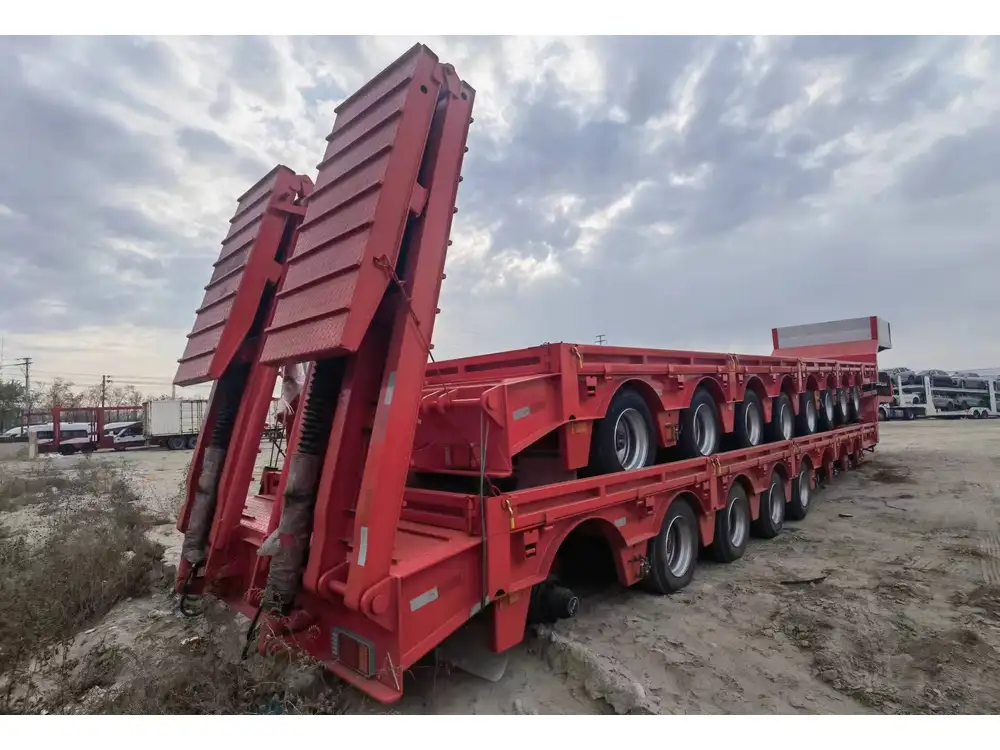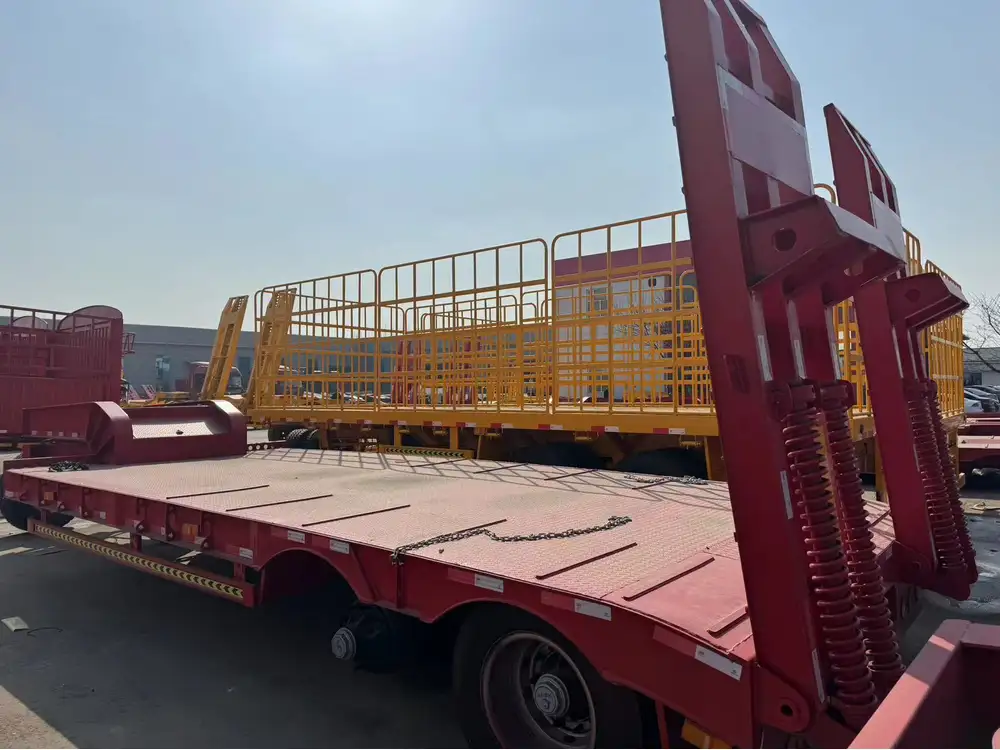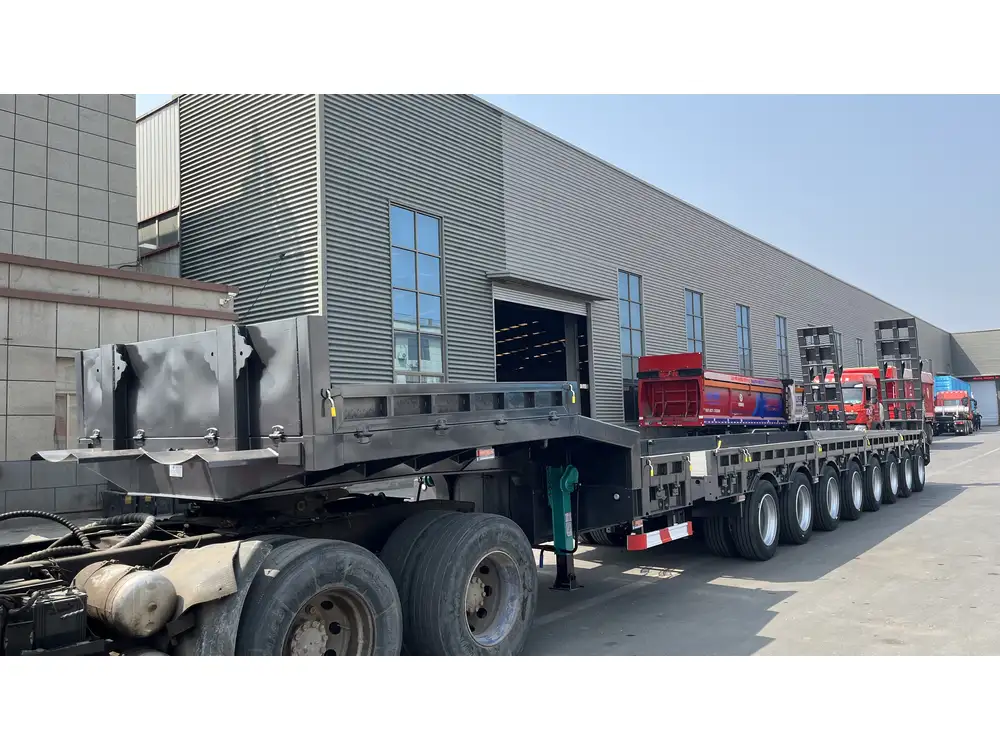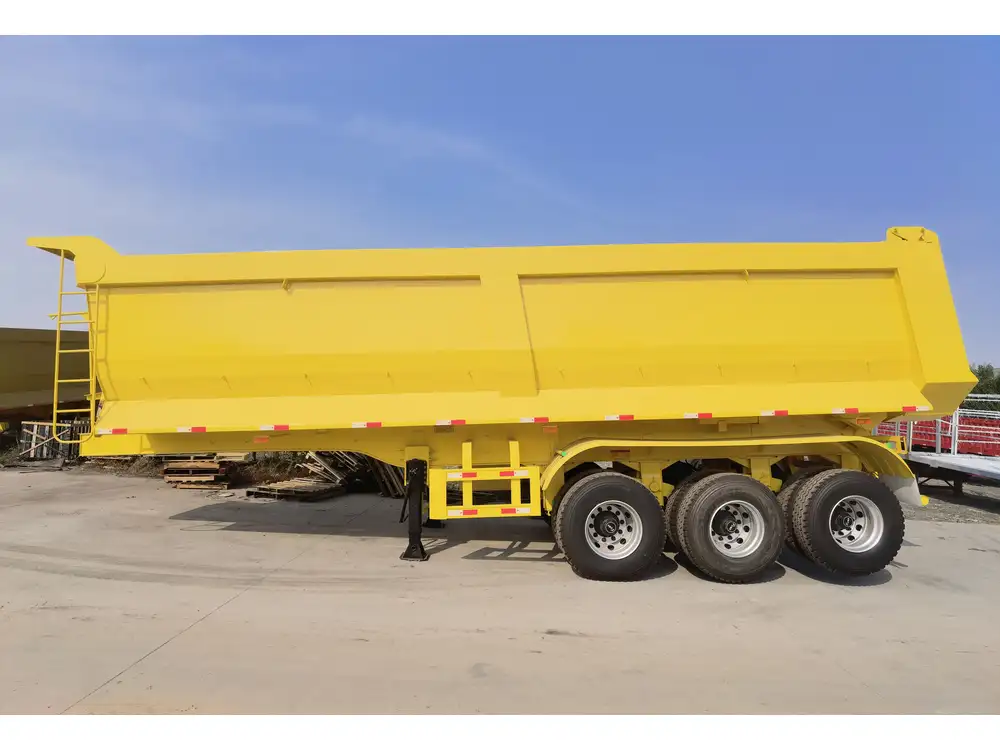Moving a semi-trailer involves multiple factors and can turn out to be a complex task owing to the unique dimensions, weights, and types of loads semi-trailers carry. In this article, we will dissect the intricacies associated with moving a semi-trailer and provide an in-depth analysis of costs involved, alternatives available, and practical tips for effective planning.
Understanding the Basics of Semi-Trailer Movement
Before we dive into the cost implications, it’s essential to recognize what moving a semi-trailer entails. Factors such as distance, load type, logistics requirements, and the method of transportation play a pivotal role. Understanding these fundamentals will pave the way for a clearer perspective on the costs associated with the movement of a semi-trailer.
Transportation Methods for Moving Semi-Trailers
Transport by Flatbed Truck
Using a flatbed truck is one of the most common methods for moving semi-trailers. This method allows for easy loading and unloading, making it preferable for trailers that can be pulled legally on public roads.Specialized Hauling Services
Utilizing specialized hauling services can be beneficial for oversized or heavy-duty semi-trailers. These services cater to specific needs and provide additional logistics support.DIY Towing
For those with the required licenses and capabilities, towing a semi-trailer using a powerful truck can serve as a budget-friendly option. However, this method often requires compliance with local laws and regulations.Rail Transportation
For long-distance relocations, rail transport could be another viable option. This method often reduces the overall carbon footprint, but careful planning is necessary to ensure compatibility with intermodal transfers.

Factors Influencing the Cost to Move a Semi-Trailer
Determining the cost to move a semi-trailer is not merely a matter of calculating mileage or trailer weight. Various factors intertwine to paint a more comprehensive picture. Each factor can significantly sway the overall expenses incurred.
1. Distance of Transportation
The distance from the origin to the destination is both a primary and obvious factor. On average, costs can range between $1.00 to $3.00 per mile, depending on the type of cargo and service used. For example:
| Distance (Miles) | Estimated Cost ($) |
|---|---|
| 100 | 100 – 300 |
| 500 | 500 – 1500 |
| 1,000 | 1,000 – 3,000 |
2. Type of Trailer
Different types of semi-trailers can entail varying costs to move. For instance, a flatbed trailer typically incurs lower fees compared to a specialized car hauler or a refrigerated trailer due to the latter’s sophisticated logistics requirements.

3. Load Weight and Dimensions
As with all transportation, weight matters. When a trailer exceeds standard weight limits, additional permits or specialized equipment are often needed for compliance. Typically:
- Standard Weight (up to 80,000 lbs): Common rates apply.
- Overweight (above 80,000 lbs): Expect to pay anywhere from $50 to $200 for special permits, plus the cost of additional transport services.
4. Route Conditions and Regulations
Urban vs. rural transportation can impact costs significantly. Suburban and heavy traffic areas may require additional time and labor costs, increasing the likelihood of delays. Moreover, specific routes might require special permits or the need for pilot cars, especially for oversized loads.
5. Seasonal Fluctuations
Transport prices can undergo seasonal variations. The peak season (typically late spring through summer) can witness an increase in costs due to higher demand. Conversely, the winter season may offer lower rates but also presents logistical challenges such as weather-related delays.

Breakdown of Cost Components for Moving a Semi-Trailer
To further clarify the potential costs, we can delineate various components that collectively influence the total expense.
1. Base Fees
Most transport companies will charge a base fee that can vary widely depending on the service level, equipment used, and the experience of the driver.
2. Fuel Surcharge
Fuel prices are volatile; hence, a fuel surcharge is typically included in the overall pricing. This charge adjusts based on fluctuating prices per gallon and can change weekly.

3. Loading and Unloading Fees
Some companies may include an additional fee for loading and unloading the trailer, especially if specialized labor or equipment is necessary. Typical charges can range from $75 to $150 per hour.
4. Insurance Costs
Transporting a semi-trailer may require insurance to protect against any potential damages incurred during the move. Costs for insurance can vary, but budgeting an additional 1-2% of the total shipment value is advisable.
5. Permits and Fees
Depending on your route, you may need special permits, particularly for oversized or overweight loads. Budgeting $200 to $800 for various permits is prudent.
| Cost Component | Estimated Cost ($) |
|---|---|
| Base Fee | 1,000 – 3,000 |
| Fuel Surcharge | 100 – 500 |
| Loading/Unloading Fee | 75 – 150/hour |
| Insurance | 1-2% of shipment value |
| Permits | 200 – 800 |

Tips for Reducing Costs When Moving a Semi-Trailer
Cost-effective strategies can help reduce overall expenses:
1. Plan Ahead
Booking transportation several weeks in advance can often ensure better rates. Additionally, choosing off-peak times for loading and delivery may yield further savings.
2. Compare Multiple Quotes
Never settle for the first quote. Instead, seek multiple transport companies’ estimates. Pay close attention to all included fees and ask questions if any charges seem ambiguous.

3. Negotiate Rates
If you are moving multiple trailers or committing to regular services, don’t hesitate to negotiate rates. Many transport companies appreciate long-standing relationships and may provide incentives.
4. Utilize Technology
Use modern tracking and routing technology to optimize routes and minimize costs throughout the journey.
5. Conduct Thorough Research
Understanding local transportation laws, whether at a state or federal level, can prevent unexpected fees related to permits or compliance.

Conclusion: Invest Wisely in Semi-Trailer Movement
Understanding how much it costs to move a semi-trailer is a multifaceted endeavor. With a clear grip on influencing factors—from distance to types of trailers, loading costs, and more—businesses can strategically decide how to approach the logistics of moving their semi-trailers.
Ultimately, whether you choose to enlist professional transport services, consider DIY options, or leverage technology for route optimization, informed decision-making will ensure that you minimize costs and enhance efficiency. As logistics evolve, businesses must stay adaptable, ensuring their transportation needs are met in a cost-effective and timely manner.
With rigorous planning and strategic choices, moving a semi-trailer can be seamless, allowing focus to remain on what truly matters—sustaining and growing your business endeavors.



